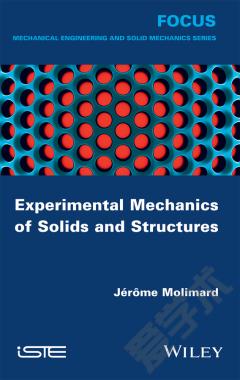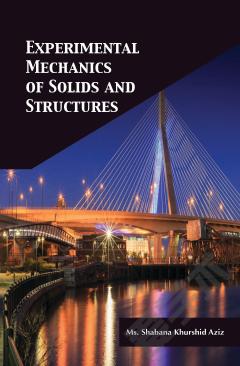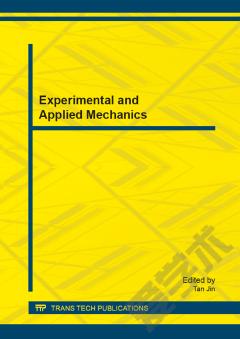Experimental Mechanics of Solids and Structures
From the characterization of materials to accelerated life testing, experimentation with solids and structures is present in all stages of the design of mechanical devices. Sometimes only an experimental model can bring the necessary elements for understanding, the physics under study just being too complex for an efficient numerical model. This book presents the classical tools in the experimental approach to mechanical engineering, as well as the methods that have revolutionized the field over the past 20 years: photomechanics, signal processing, statistical data analysis, design of experiments, uncertainty analysis, etc. Experimental Mechanics of Solids and Structures also replaces mechanical testing in a larger context: firstly, that of the experimental model, with its own hypotheses; then that of the knowledge acquisition process, which is structured and robust; finally, that of a reliable analysis of the results obtained, in a context where uncertainty could be important.
{{comment.content}}








 京公网安备 11010802027623号
京公网安备 11010802027623号